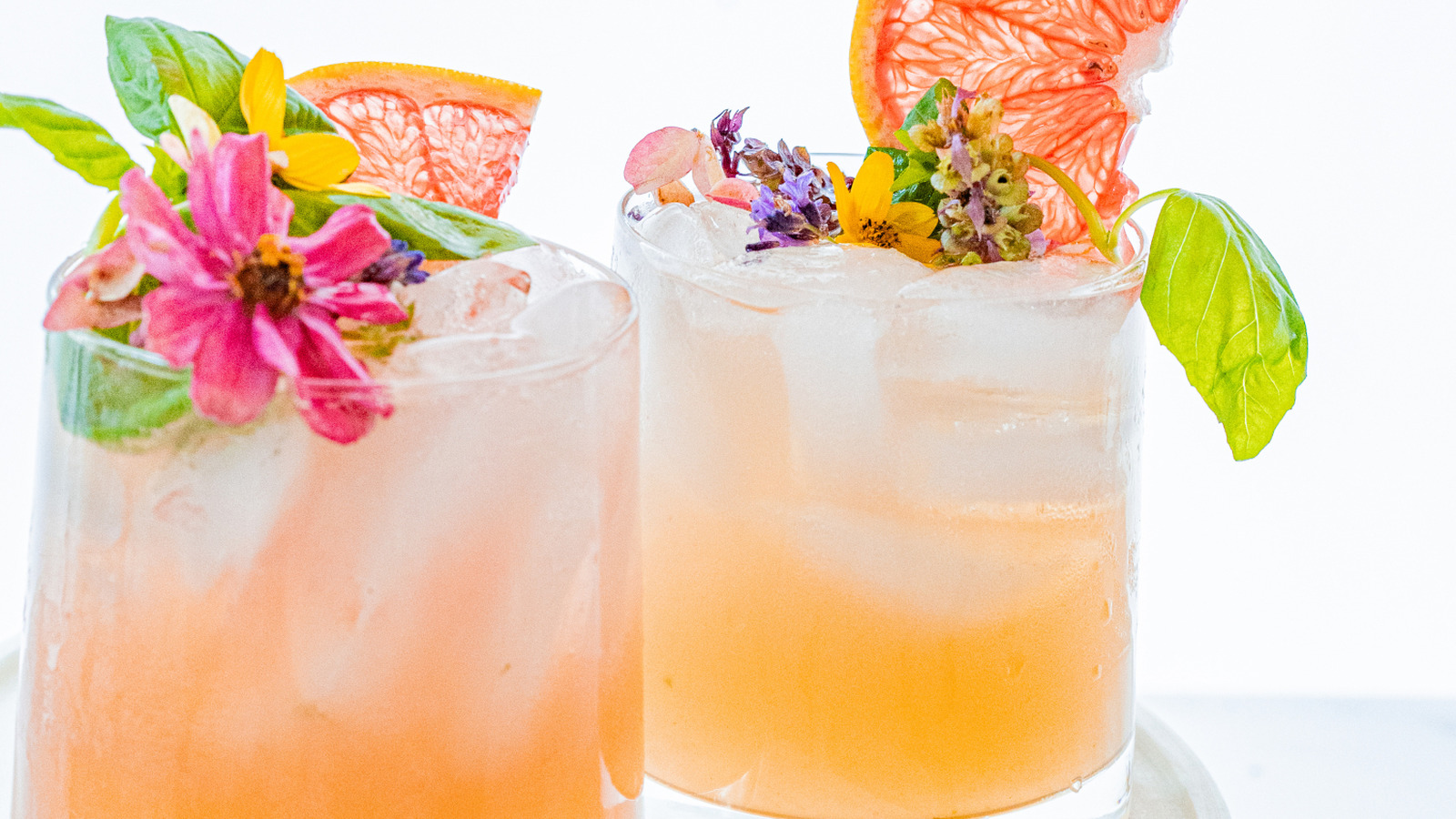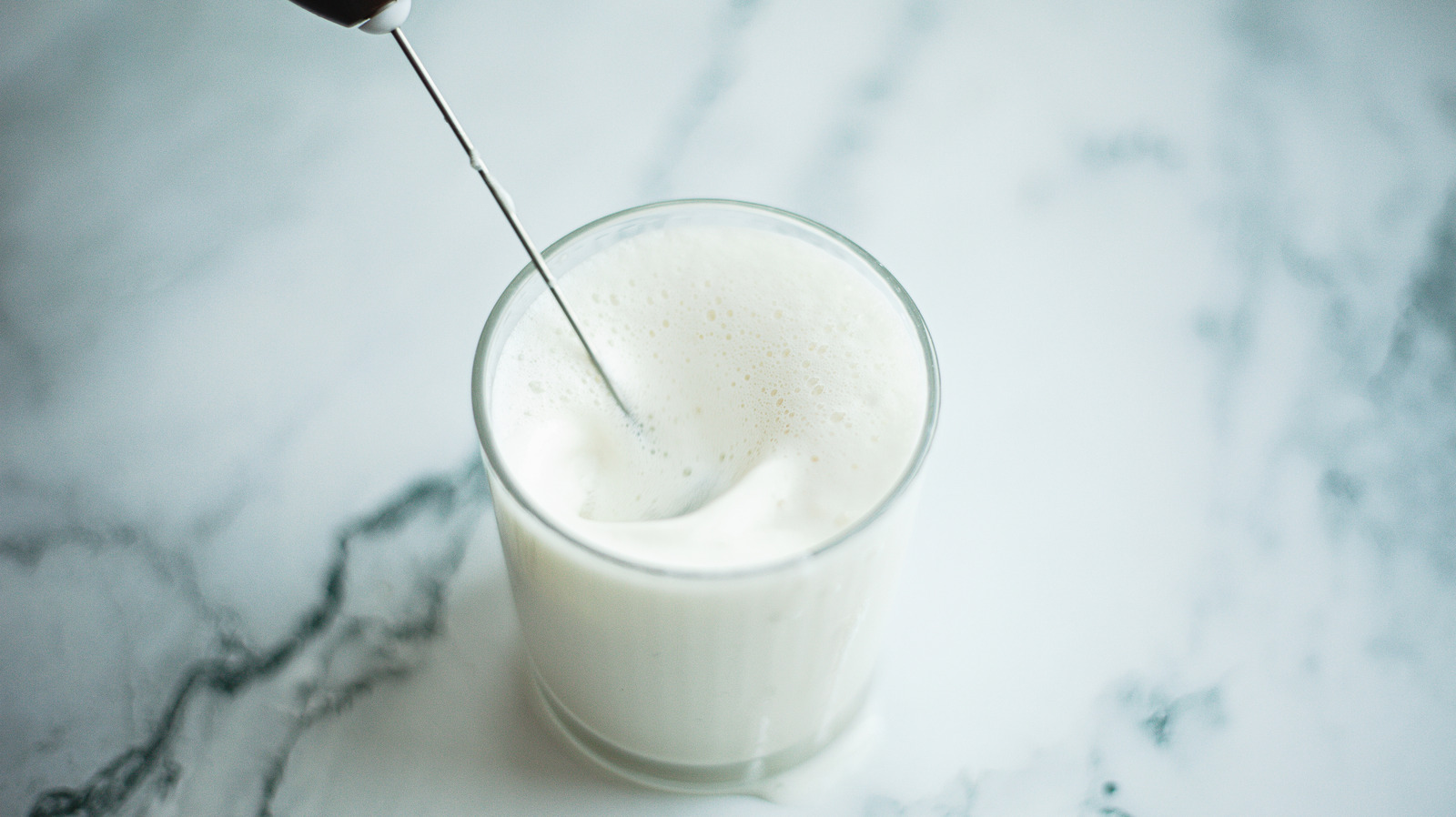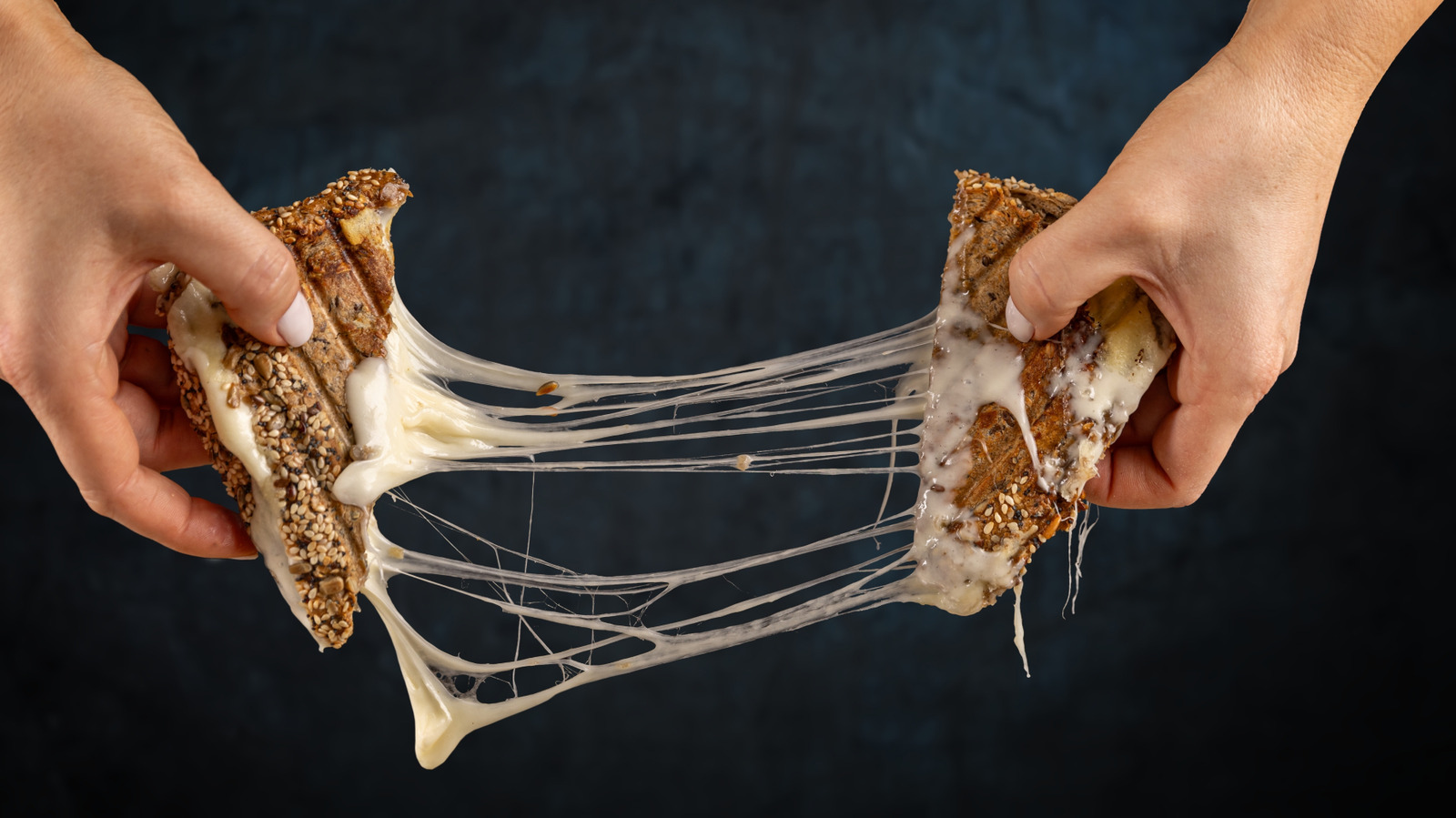There was a time when ikan terubuk roe was inextricably linked to Malay culinary culture. Because the trade of terubuk eggs was so important in the Malay world, the islands that were host to ikan terubuk developed an ancient system to ensure a fruitful haul, especially in the months when fish supplies ran low. Like many traditions of the past, this practice was a byproduct of Malay folklore and belief systems that have since been phased out.
This bygone practice also typified how ikan terubuk existed alongside traditional oral traditions and poems (syair). According to Indonesian researcher Bayu Amde Winatra, there once existed a practice called ‘semah ikan terubuk’ in Bukit Batu and Bengkalis island in Indonesia, the birthplace of the tenualosa macrura species of ikan terubuk, whose roe was considered an opulent gourmet item all the way in Melaka and Singapore. This ceremonial practice happened every year during the low season of the life cycle of the fish.
The purpose of the semah ikan terubuk was to encourage the fish to come to the Bengkalis straits. “The thing about the semah ikan terubuk was that in the past, Malay people attached a lot of importance to it because ikan terubuk roe was so important for communities that lived by the sea. So they did the semah so they could catch the fish, especially during the times when ikan terubuk was not laying eggs,” says Bayu.
Typically occurring as a one-day ceremony that lasted from dawn to dusk, the semah ikan terubuk inv.











:upscale()/2024/12/23/986/n/1922441/ae269e286769e6f5b332b2.08351138_.jpg)







